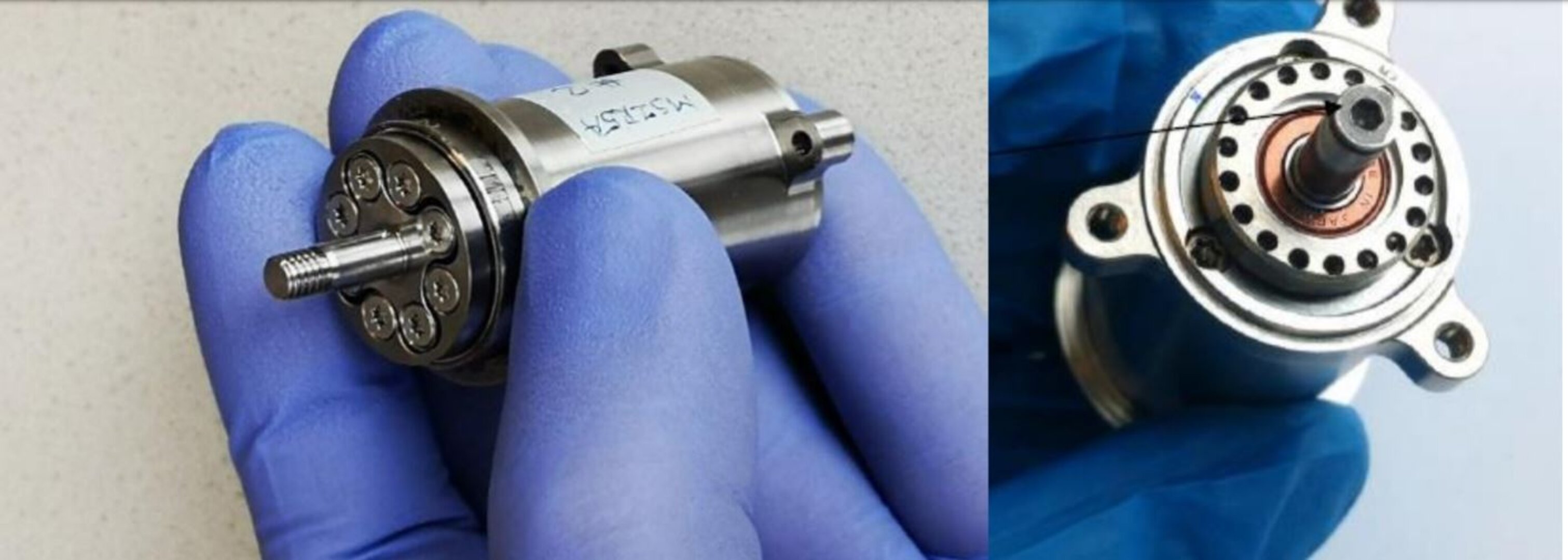Magnetic Wobbling Gear
Using gears in any kind of mechnism can result in a lot of friction that, without proper lubrication, can lead to excessive wear to the cogs and parts. They can also only be used at a small temperature range, in case the parts expand or contract and the teeth no longer align.
Using magnets has inherent advantages to conventional gearing, in particular it can be used over a much wider temperature range has less need for lubrication, is more tolerant and robust against excessive torque loads, and has less life cycle issues. These features make it particularly useful for applications in the space environment.
An activity with TDE and Karl Rejlek GmbH in Austria, found that by using magnetic wobbling gears specifically, they were able to develop the smallest powerful magnetic gear stages for future space actuator applications so far.
Two magnetic gear box prototypes were successfully demonstrated both in terms of their development and their reproducibility, and were found to be directly interchangeable with the industry- standard planetary gear module or the harmonic drive gear module.
The main advantage of using a magnetic gear in space actuators is its torque limiting behaviour. It allows the motor to be operated using simple control electronics with highly uncontrolled current/voltage levels. Those are protecting the actuator from the end-stop torques occurring at the upper tolerance values of the electronics. Additional advantages of the magnetic gear intermediate stages may be their increased life capability, especially in a cryogenic environment.
The magnetic gear had several advantages including its low mass, which eventually was only half of the goal value. However, its small size was very sensitive to geometrical tolerances and unplanned manufacturing difficulties occurred during the prototyping and manufacturing phase and the small tolerances could not be met sufficiently.
Next, the current design will be adapted to include the main findings of the activity and the gear box will then be ready to replace planetary gear boxes in space applications, solving long life capability issues even in cryogenic environments.
All documentation for B00016986 was received in early 2020.


